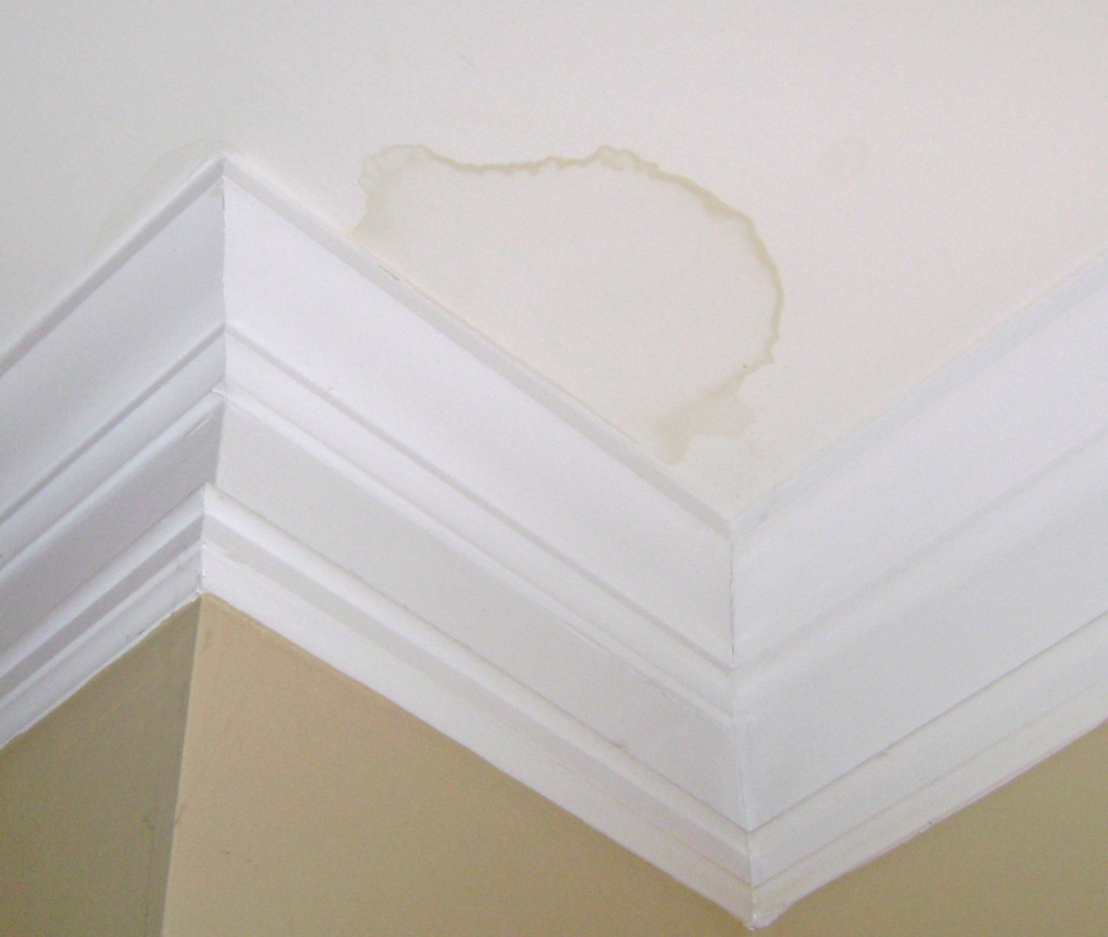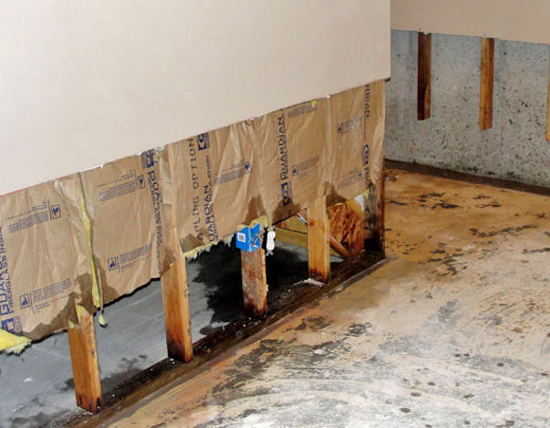Detect and Address a Stain from Water on Wall Surfaces: Extensive Manual
Detect and Address a Stain from Water on Wall Surfaces: Extensive Manual
Blog Article
Nearly everybody is bound to have his or her own thinking with regards to How to Remove Water Stains from Walls and Ceilings.

Water spots on wall surfaces are not pleasant to the eyes. Often it seems virtually inescapable to experience water stains on wall surfaces in homes.
Home owners living in humid regions frequently deal with the concern of water discolorations on wall surfaces. With all-around and exact details on the reasons of water stains and also punctual repair procedures, you will constantly be a step in advance of such incidents.
3 Common Root Causes Of Water Spots on Wall Surfaces
Contrary to common belief, water stains on wall surfaces do not always stem from bad structure materials. There are a number of causes of water stains on wall surfaces. These include:
Moist
When hot moist air meets completely dry chilly air, it triggers water beads to base on the walls of buildings. This occurs in washrooms and also kitchen areas when there is heavy steam from cooking or showers. The water beads can stain the bordering walls in these parts of your home and also infect various other areas.
Wet or condensation impacts the roof covering and walls of structures. When the wall is damp, it creates a suitable setting for the growth of fungi and also germs.
Poor Drainage
When making a building strategy, it is crucial to ensure sufficient drainage. This will certainly stop water from permeating into the wall surfaces. Where the water drainage system is clogged or missing, underground dampness builds up. This links to extreme dampness that you discover on the walls of your structure.
So, the leading reason for wet wall surfaces, in this situation, can be an inadequate drain system. It can additionally result from bad management of sewage pipelines that go through the structure.
Pipeline Leaks
A lot of houses have a network of water pipes within the wall surfaces. It always increases the viability of such pipes, as there is little oxygen within the wall surfaces.
Yet, a drawback to this is that water leak influences the walls of the structure and also causes prevalent damage. An indicator of malfunctioning pipes is the look of a water discolor on the wall surface.
Pro Idea
A houseplant in your house additionally raises its humidity. So, if your house is currently moist, you might intend to introduce houseplants with marginal transpiration. An example of ideal houseplants is succulents.
Water Discolorations on Wall: Repair Service Tips
House owners would usually desire a quick fix when dealing with water stains. They would certainly soon recognize this is detrimental as the water stains persist. So, below are a couple of helpful ideas that will certainly assist you in the repair of water discolorations on walls:
Conclusion
Although nobody wishes to have water spots on walls in their house, it can happen to the most effective people. This write-up gives you leverage, as you currently recognize just how to handle this problem if it does occur.
It is always best to hire specialist solutions to assist repair the damages in your house.
Occasionally it appears nearly unpreventable to experience water stains on wall surfaces in homes.
Contrary to popular belief, water stains on wall surfaces do not constantly stem from bad building materials. There are a number of causes of water discolorations on walls. The water beads can stain the surrounding wall surfaces in these components of your house and also spread to other locations.
Below are a few helpful suggestions that will certainly direct you in the repair work of water stains on walls:
How to Remove Water Stains From Your Walls Without Repainting
The easy way to get water stains off walls
Water stains aren’t going to appear on tile; they need a more absorbent surface, which is why they show up on bare walls. Since your walls are probably painted, this presents a problem: How can you wash a wall without damaging it and risk needing to repait the entire room?
According to Igloo Surfaces, you should start gently and only increase the intensity of your cleaning methods if basic remedies don’t get the job done. Start with a simple solution of dish soap and warm water, at a ratio of about one to two. Use a cloth dipped in the mixture to apply the soapy water to your stain. Gently rub it in from the top down, then rinse with plain water and dry thoroughly with a hair dryer on a cool setting.
If that doesn’t work, fill a spray bottle with a mixture of vinegar, lemon juice, and baking soda. Shake it up and spray it on the stain. Leave it for about an hour, then use a damp cloth to rub it away. You may have to repeat this process a few times to get the stain all the way out, so do this when you have time for multiple hour-long soaking intervals.
How to get water stains out of wood
Maybe you have wood paneling or cabinets that are looking grody from water stains too, whether in your kitchen or bathroom. Per Better Homes and Gardens, you have a few options for removing water marks on your wooden surfaces.
You can let mayonnaise sit on your stain overnight, then wipe it away in the morning and polish your wood afterward. You can also mix equal parts vinegar and olive oil and apply to the stain with a cloth, wiping in the direction of the grain until the stain disappears. Afterward, wipe the surface down with a clean, dry cloth. Try placing an iron on a low heat setting over a cloth on top of the stain. Press it down for a few seconds and remove it to see if the stain is letting up, then try again until you’re satisfied. (Be advised that this works best for still-damp stains.) https://lifehacker.com/how-to-remove-water-stains-from-your-walls-without-repa-1849742925

I ran across that piece about Water Stains on Walls when browsing the web. Enjoyed reading our blog entry? Please share it. Help somebody else discover it. Thanks a lot for taking the time to read it.
Rapid response assured. Report this page